Window Installation 101: A Homeowner's Guide To Choosing The Right Windows
Choosing the right windows is key for home comfort, energy efficiency, security, and value, beyond just aesthetics.
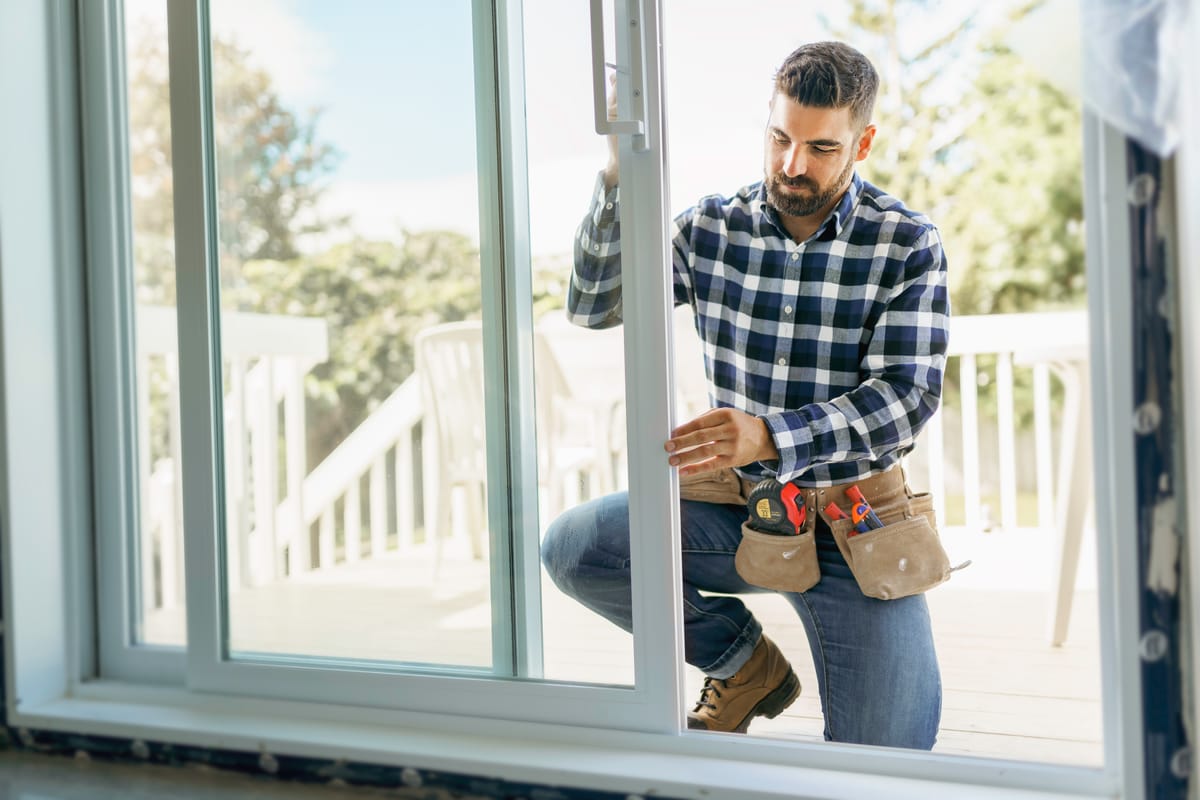
When it comes to enhancing the comfort and appearance of your home, selecting the right windows is a crucial decision. Windows are more than just a visual feature; they play a vital role in the energy efficiency, security, and overall value of your property.
With the wide array of options available today, the process of choosing and installing new windows can seem overwhelming. This guide is designed to simplify that process for homeowners. From understanding different types of windows to considering materials, cost, and energy efficiency, we will provide you with the essential information you need.
- Different Types Of Windows
Windows are not one-size-fits-all. They come in various styles, each with its own unique features and benefits. Understanding the different types of windows is the first step toward making the right choice for your home.
- Double-Hung Windows: These classic windows consist of two vertically sliding sashes. They are versatile, easy to clean, and work well in traditional and modern homes alike. Double-hung windows provide excellent ventilation control.
- Casement Windows: Casement windows, featuring hinges on one side, swing outward using a crank mechanism. This design provides clear views and, when shut, forms a secure seal that enhances energy efficiency.
- Sliding Windows: Sliding windows have one fixed pane and one that slides horizontally. They are known for their simplicity, affordability, and suitability for contemporary designs.
- Bay And Bow Windows: These windows project outward from the house, creating a bay or bow shape. They add space, natural light, and architectural interest to a room. Bay windows typically have three sections, while bow windows have more, creating a curved appearance.
- Awning Windows: Awning windows, attached with hinges at the top, open outward. This design is ideal for providing ventilation while keeping rain out, as the open window serves as a protective awning.
- Picture Windows: Picture windows are sizable and stationary, crafted to offer wide views and abundant natural light. They're an excellent option for spaces where airflow isn't a primary concern.
- Transom Windows: Placed above doors or other windows, transom windows add a touch of elegance and allow extra light into a room.
- Custom Windows: Tailored to your specifications, custom windows can be designed to fit unique spaces or architectural styles, offering limitless possibilities.
As you explore these different window types, consider the aesthetic appeal, functionality, and suitability for the specific rooms in your home. The right choice will enhance your home's appearance and contribute to its overall comfort and energy efficiency. For professional assistance with Seattle window installation, consult local experts who can guide you through the process.
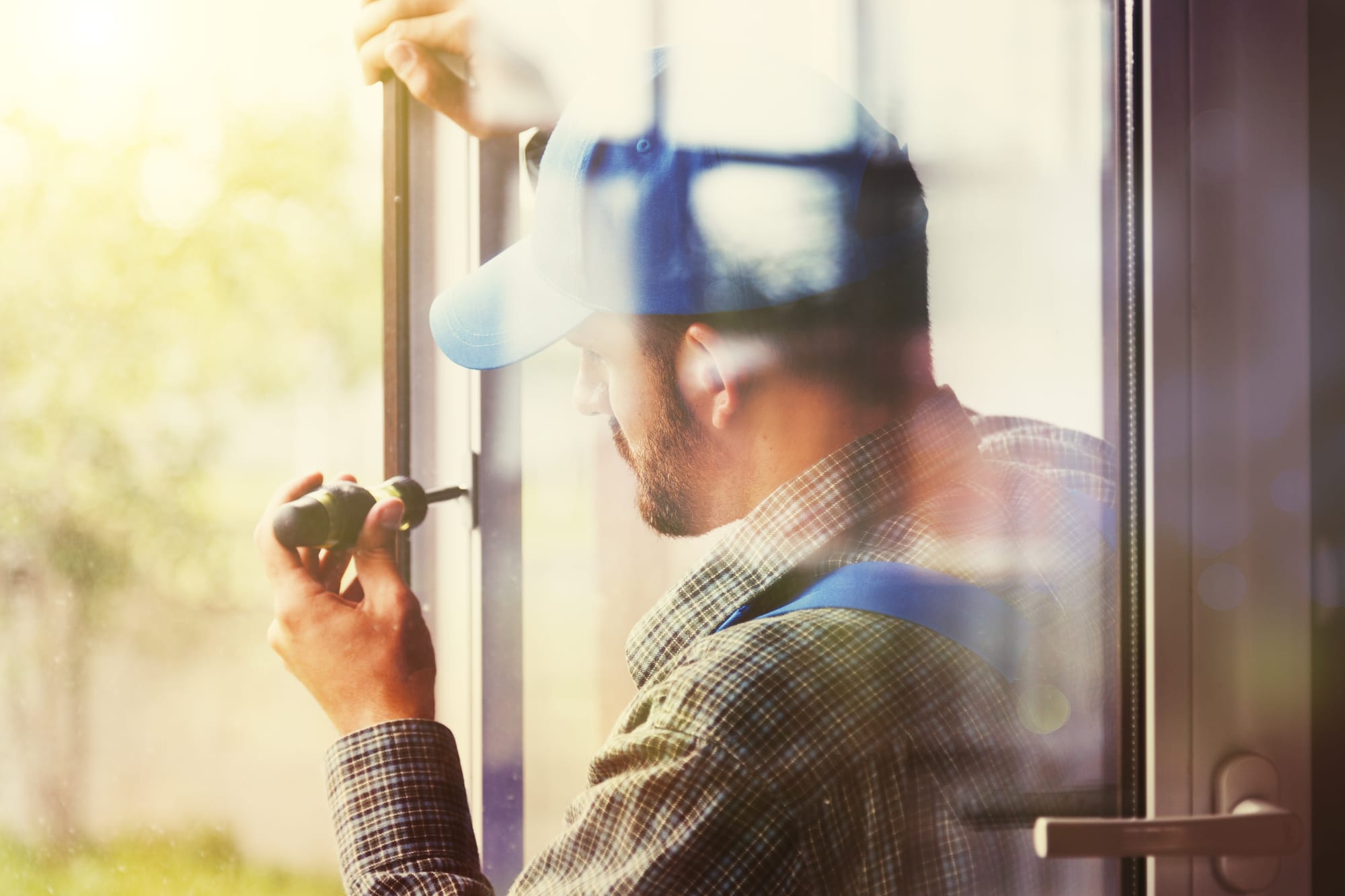
- Materials Matter: Exploring Window Frame Options
When selecting window frames for your home, the material you choose plays a significant role. This section covers the most common materials: wood, vinyl, aluminum, and fiberglass.
- Wood Frames
Advantages: Wood frames offer a classic look, and they can be painted or stained to match any home design. They're also good insulators.
Disadvantages: Wood requires more maintenance than other materials. It can rot, warp, or swell if not properly cared for.
- Vinyl Frames
Advantages: Vinyl is cost-effective, requires little maintenance, and provides good insulation. It's also resistant to moisture and doesn't need painting.
Disadvantages: Color choices are limited, and vinyl may not be as strong as other materials.
- Aluminum Frames
Advantages: Aluminum is strong, lightweight, and durable. It's resistant to corrosion and requires minimal maintenance.
Disadvantages: Aluminum is a poor insulator and can conduct heat, leading to less energy efficiency.
- Fiberglass Frames
Advantages: Fiberglass is extremely durable, energy-efficient, and can withstand extreme weather conditions. It can be painted to suit home designs.
Disadvantages: It is often more expensive than other materials and can be difficult to find in a wide range of styles.
For homes with a traditional aesthetic, wood frames are often the best fit due to their classic appeal and versatility in finishes. In contrast, modern homes can greatly benefit from the sleek and durable nature of aluminum or fiberglass frames.
Climate is another important factor. In humid regions, vinyl and fiberglass are ideal choices as they resist moisture effectively, reducing the risk of damage over time. Conversely, in colder climates, the insulating properties of wood and vinyl are beneficial.
Ultimately, the choice of material should balance aesthetic preferences with practical considerations such as weather resistance and maintenance requirements.
- Glass Selection: Single Vs. Double Vs. Triple Pane
When selecting glass for your windows, understanding the differences between single, double, and triple pane options is key. These choices impact energy efficiency, noise reduction, and the overall cost and suitability for different climates and house locations.
- Single Pane Glass is the most basic form, featuring just one layer of glass. It's the least expensive but offers minimal insulation and noise reduction, making it less ideal for extreme climates. This option might suit areas with mild weather and homeowners prioritizing budget over energy efficiency.
- Double Pane Glass steps up in performance with two layers of glass and a gas-filled space in between, usually argon. This setup significantly improves insulation and noise reduction compared to single pane glass, making it a good middle ground. It's particularly effective in warm and moderately cold climates, balancing cost and performance.
- Triple Pane Glass is the premium choice, consisting of three layers of glass with gas-filled spaces between each. This structure provides the highest level of insulation and noise reduction, ideal for homes in very cold climates or noisy environments. While it's the most expensive upfront, the long-term energy savings and comfort in extreme conditions can make it a worthwhile investment.
In essence, your selection should align with your specific needs. For instance, in cold climates, the extra cost of triple pane glass can be offset by heating cost savings. In contrast, in warmer or more temperate areas, double pane glass might offer the best mix of value and efficiency.
- Measuring Up: How to Measure For New Windows
Accurate measurements are crucial when selecting new windows. Here's a step-by-step guide to ensure you measure correctly:
- Gather Tools: You will need a measuring tape, a notepad, and a pen.
- Measure Width: Measure the width of the window at the top, middle, and bottom. Use the smallest measurement to ensure the new window fits. Record each measurement.
- Measure Height: Similarly, measure the height at the left, center, and right sides of the window. Again, use the smallest measurement.
- Measure Depth: Check the depth of the window opening. Ensure there is at least 3 inches of opening depth for window installation.
- Check Square: Measure diagonally from corner to corner. The two diagonal measurements should be the same. If they're not, your window opening may not be square, which is important to note for installation.
If your home has windows that are not standard shapes or sizes, professional measurement is crucial. This is because non-standard windows often require precise, custom measurements that can be complex to handle on your own.
Additionally, in older homes, windows may have settled or become slightly misshapen over time. This can make accurate measurement challenging, as the frames may no longer be perfectly square or uniform.
- Cost Considerations And Budgeting
The cost of window installation is influenced by several key factors. The type of windows you choose plays a significant role. For instance, triple-pane windows are generally more expensive than double or single-pane options due to their superior insulation properties.
Material choice for the frame also affects the cost, with wood typically being more expensive than vinyl or aluminum. Custom sizes or shapes and additional features like low-E coatings or argon gas filling can also increase the price. Additionally, the complexity of the installation process, which may vary depending on the existing structure of your home, can impact the overall cost.
- Budgeting And Cost-Saving Strategies
To effectively budget for your window installation, start by getting multiple quotes from different suppliers and installers. This will give you a clearer idea of the cost range and help you find the best value. Consider prioritizing areas of your home that need it most if replacing all windows at once is not feasible.
Also, look for energy-efficient models that might cost more upfront but can offer savings on energy bills in the long run. Keep an eye out for rebates or special offers from manufacturers or local utility companies, which can help reduce costs.
- Return On Investment
Investing in new windows can yield a significant return, both in terms of energy savings and property value. Energy-efficient windows can reduce heating and cooling costs, offering savings over time.
Furthermore, new windows can enhance the aesthetic appeal and functionality of your home, potentially increasing its market value. While the initial outlay may be substantial, the long-term financial benefits and the improvement in living comfort often justify the investment.
In Summary
As you move forward in your window installation, remember the importance of carefully weighing your options. The right window can enhance your home's energy efficiency, aesthetic appeal, and overall comfort. Consider factors like climate, your home's architectural style, and long-term cost implications when making your decision.
By keeping these key points in mind, you'll be well-equipped to make informed decisions, ensuring that your window installation adds value and comfort to your home for years to come.

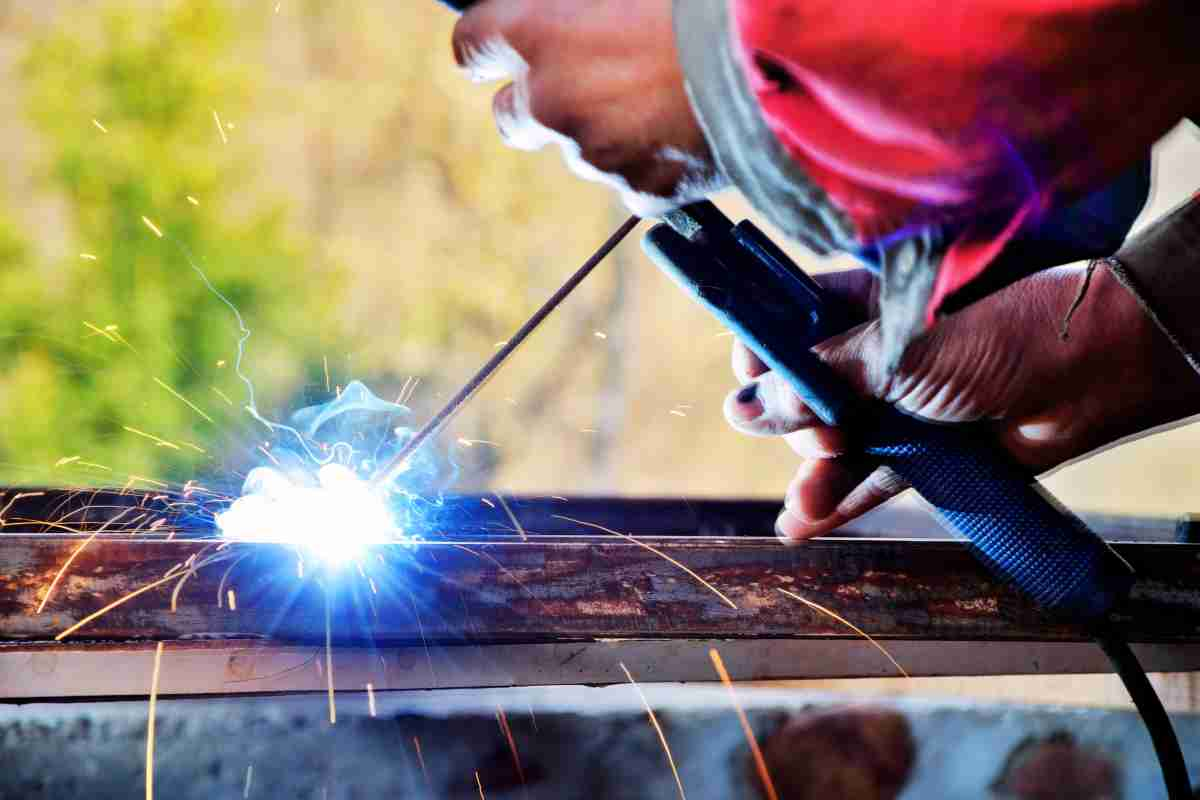
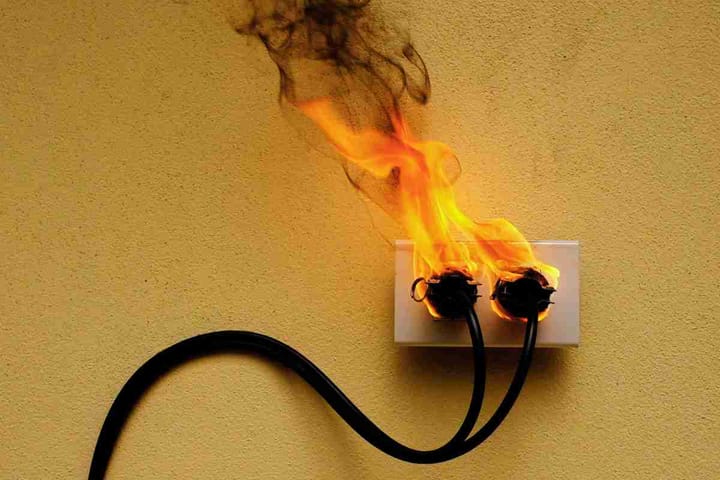
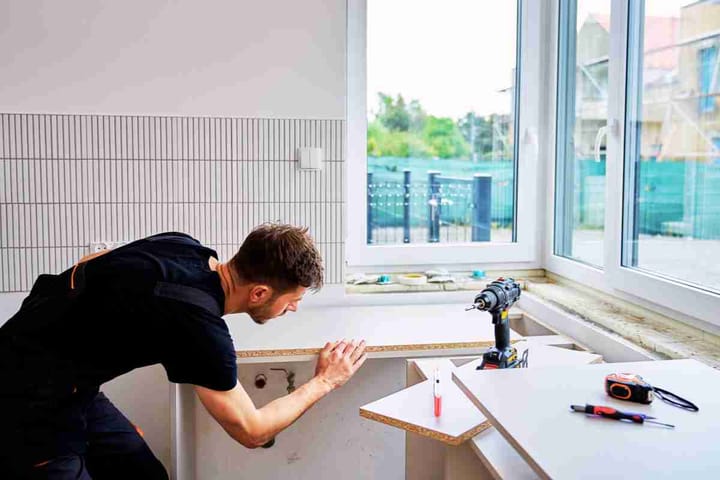
Comments ()